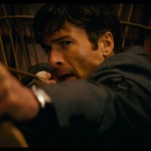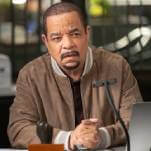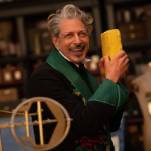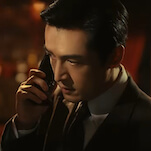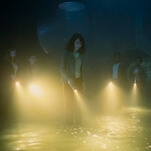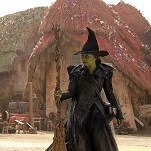David A. Vise: The Bureau And The Mole: The Unmasking Of Robert Philip Hanssen, The Most Dangerous Double Agent In FBI History

Widely considered the most devastating double agent in FBI history, Robert Hanssen was arrested on Feb. 18, 2001, after nearly 20 years of selling highly classified information to the Soviet Union and to Russia. (He allegedly taunted his fellow agents by asking, "What took you so long?") In the mad rush to account for Hanssen's stunning acts of treason, three books were slapped together for publication in early 2002. The most prominent is The Bureau And The Mole by David A. Vise, a Pulitzer Prize-winning reporter for The Washington Post. A thin volume at 229 pages (minus photos and appendices), the book relays the nuts-and-bolts details of Hanssen's operation with admirable clarity and pace, but the tight deadline must have squeezed out the chance for fresh revelations or original reporting. Vise succeeds in laying out the basic information in a timeline, but even that is littered with obvious gaps and unanswered questions, and padded out with an extraneous history of the Bureau under Louis Freeh and sordid bits of business from Hanssen's personal life. Vise traces the "why" of Hanssen's story back to his traumatic childhood in Chicago, when he bristled from his father's constant discouragement and retreated into books that stoked his budding interest in code-breaking and other clandestine maneuvers. His genius for analysis wasn't lost on the FBI, which hired him as a fervent anti-Communist at the end of the Hoover Era. But his lack of interpersonal skills caused him to be ostracized by his peers, whom he viewed as uncommitted and intellectually inferior. More for revenge than money, Hanssen started selling information to the KGB in 1980, arranging "dead drops" at various locations near his Virginia home where he would leave information in exchange for cash and diamonds. In letters written to Hanssen under the pseudonym "Ramon Garcia," the Russians displayed a keen understanding of how to handle his low self-esteem and encourage him to take extraordinary risks on their behalf. Though Hanssen and his family were members of Opus Dei—a shadowy, ultra-conservative movement within the Roman Catholic Church—and he professed a hatred of communism, his addiction to the spy game trumped his religious and political beliefs. The Bureau And The Mole alternates Hanssen's story with a mini-history of Freeh's rise and fall as FBI director, setting up a cat-and-mouse scenario that never really materializes. Beyond the names of a few KGB double agents that were executed after Hanssen and CIA mole Aldrich Ames ratted them out, Vise only partially itemizes the top-secret information that was compromised, which doesn't suggest the extent of the damage. The biggest disappointment is his failure to follow up on the two-and-a-half-page chapter revealing that Hanssen's brother-in-law, a FBI field agent in Illinois, alerted the Bureau of suspected wrongdoings in 1990. Vice gets no answers on why the FBI did nothing about it, yet he spends inordinate amounts of space on Hanssen's seamy personal life, including an oddly chaste relationship with an exotic dancer and postings of sex stories about his wife on an Internet newsgroup. Add to that summaries of every triumph and embarrassment under Freeh's watch (the Oklahoma City bombing, Wen Ho Lee, the Richard Jewell fiasco, and so on), and The Bureau And The Mole loses some of the focus and momentum of an inherently riveting tale. There's room for a much better book on the case, even if it arrives after the Jerry Bruckheimer adaptation currently in development.






